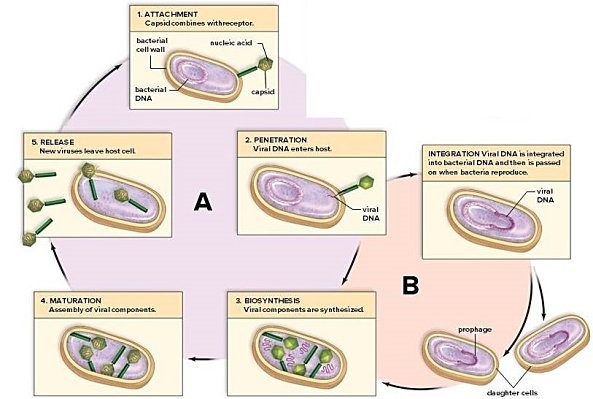Humans have twenty-three pairs of chromosomes and chimps have twenty-four pairs of chromosomes. What is the most likely explanation for these differences in human and chimp genomes?
A) The common ancestor of humans and chimps had twenty-four pairs of chromosomes. After the two groups evolved, two human chromosomes fused end to end
B) In the evolution of chimps, new adaptations resulted from additional chromosomal material.
C) At some point in evolution, human and chimp ancestors reproduced with each other.
D) Errors in mitosis resulted in an additional pair of chromosomes in chimps.
A
You might also like to view...
In comparing mitosis and meiosis, which of the
following statements is true? a. Meiosis I is more like mitosis than is meiosis II. b. Both processes result in four cells. c. Pairing of homologues occurs in both. d. Chromatids are present only in mitosis. e. Meiosis II resembles mitosis
Tetherin is an important protein produced by the host. What is the function of tetherin in protecting a host cell from HIV?
A) ties maturing virions to the membrane of the host cell, thereby preventing the release of the mature virus B) binds the virus to the external host cell membrane, thereby preventing the virus from entering the host cell C) binds the viral RNA to reverse transcriptase, thus preventing synthesis of the viral DNA D) binds the two viral RNA strands together, thus preventing the transcription of viral DNA in the host cell E) causes the maturing virions to aggregate together, thus preventing their release from the host cell
Study the life cycle diagram. Label B is the ________ life cycle.
A. lysogenic B. lytic C. sexual D. alternation of generations
A seed that lands in the forest soil is homozygous mutant for the LEAFY (LFY) gene, and as a result does not produce any functional LEAFY protein. What do you predict will happen during the development of this seed?
A. It will fail to germinate. B. It will germinate and grow vegetatively. It will only develop flowers if it is from a species regulated by the autonomous flowering pathway. C. It will germinate and immediately produce flowers. D. It will germinate and grow vegetatively, but will never produce flowers.